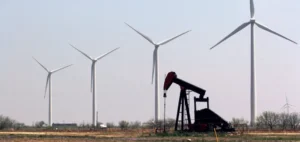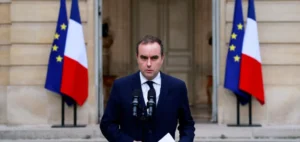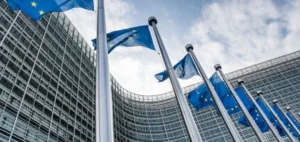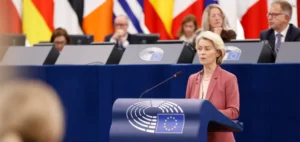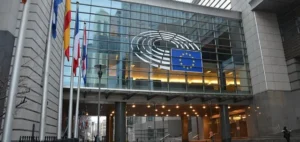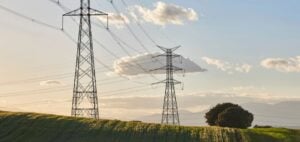On Friday, the United States announced that it was investing $1.2 billion in two projects to capture CO2 directly from the air, the largest investment ever made in this technology, which is designed to combat global warming but is still criticized by some experts.
A major challenge for the climate: the United States launches large-scale projects to capture atmospheric CO2
This announcement illustrates the huge gamble taken by Joe Biden’s administration in this still marginal technology.
“Reducing our emissions alone won’t reverse the growing consequences of climate change; we also need to remove the CO2 we’ve already emitted into the atmosphere,” said Jennifer Granholm, US Secretary of Energy, in a statement.
This is “the biggest investment in technological carbon elimination in history”, said the ministry.
The two projects, located in Texas and Louisiana, are the first on this scale in the United States. They each aim to eliminate one million tonnes of CO2 per year – equivalent to the annual emissions of 445,000 cars. The capacity of each project will represent 250 times more CO2 than the largest capture site currently in operation, according to the U.S. Department.
The largest plant to date is located in Iceland, and operated by the Swiss company Climeworks, with an annual capacity to capture 4,000 tonnes of CO2 from the air. – Underground storage – Climeworks will be participating, along with the Battelle and Heirloom organizations, in the Cypress project in Louisiana, which will store captured CO2 underground.
Occidental and Carbon Engineering lead atmospheric CO2 capture projects in the United States
Construction is due to start at the end of the year, according to a press release from the three partners. The Texas project will be led by the American company Occidental and other partners, including Carbon Engineering.
In future, it could be expanded to up to 30 million tonnes of CO2 eliminated per year, according to a press release from Occidental. “The rocks in the subsoil of Louisiana and Texas are sedimentary rocks, very different from Icelandic basalts, but they are perfectly viable for storing CO2,” Hélène Pilorgé, an associate researcher at the University of Pennsylvania studying carbon capture, told AFP.
The two projects are expected to create 4,800 jobs, according to the US ministry. These government investments are financed under a major infrastructure law to be passed in 2021. The Ministry of Energy had previously announced plans to invest in a total of four projects, to the tune of $3.5 billion.
According to the International Energy Agency (IEA), more than 130 atmospheric carbon capture projects are at various stages of development, and 18 sites are already in operation worldwide. – Critics – Capturing carbon dioxide directly from the atmosphere is one of the methods now considered necessary by the UN’s International Panel on Climate Change (IPCC) to combat global warming.
Capturing CO2 from the air: a technology contested for its dependence on electricity and its effect on emissions.
But this technology also has its critics, who worry that it will be a pretext for continuing to emit greenhouse gases, rather than moving more quickly to clean energies.
“Direct air capture requires a lot of electricity to extract CO2 from the air and compress it,” Stanford University professor Mark Jacobson told AFP. “Even in the best-case scenario, where electricity is generated from renewables, it is therefore not used to replace electricity generated from fossil fuels, such as coal or gas.” In his view, this is “subterfuge on the part of the fossil fuel industry” that will only “delay” the fight against climate change.
These direct air capture (DAC) techniques – also known as carbon dioxide removal (CDR) – focus on the CO2 already present in the atmosphere. They differ from carbon capture and storage (CCS) systems at source, such as factory chimneys, which prevent additional emissions.
In May, Joe Biden’s administration announced a plan to reduce CO2 emissions from gas-fired and coal-fired power plants, with a particular focus on the latter. Capturing carbon from the air is the most costly, since CO2 is more diluted there than in a factory’s emissions.
To achieve Joe Biden’s promised goal of carbon neutrality for the United States by 2050, the Department of Energy estimates that between 400 million and 1.8 billion tonnes of CO2 will need to be captured and eliminated every year. That’s considerably more than the two million projects announced on Friday.








